 As well as rebuilding a corrupt GL00105, the Toolkit within the Professional Services Tools Library (PSTL) can be used to recreate SQL objects such as SQL Indexes or the Dex stored procedures.
As well as rebuilding a corrupt GL00105, the Toolkit within the Professional Services Tools Library (PSTL) can be used to recreate SQL objects such as SQL Indexes or the Dex stored procedures.
To use the PSTL Toolkit to recreate SQL Objects, open PSTL and then select Toolkit in the System Tools section and click Next;
The first thing on the next window is a caution that a backup of all databases should be done before running the toolkit (backup both the company and system databases). There are two choices on the window the second of which is Recreate SQL Objects;
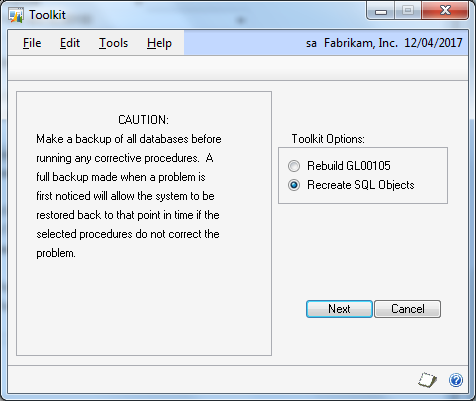
In this example, I’ve selected the Series of Financial and the table TWO.dbo.GL00100 and Rebuild Indexes for Selected Table before clicking Perform Selected Maintenance;
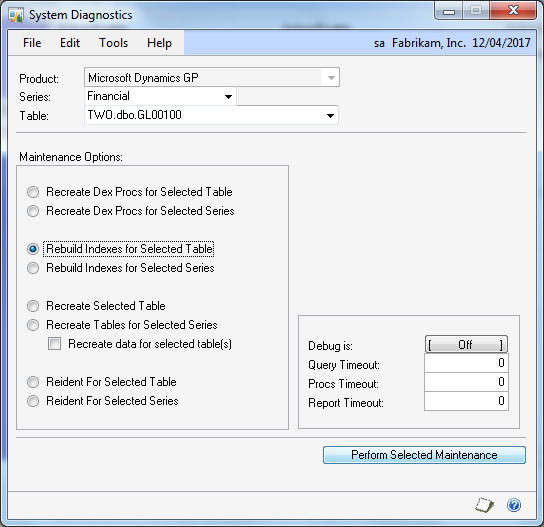
Once completed a dialog will be displayed confirming the recreation of the indexes has been completed;
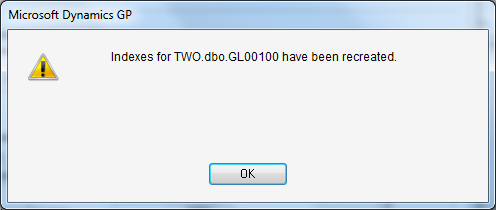
To show a second example, I’ve selected Recreate Tables for Selected Series and checked the Recreate data for selected table(s) to make sure data is not deleted (this option works with both the option I selected and the Rereate Selected Table option above);
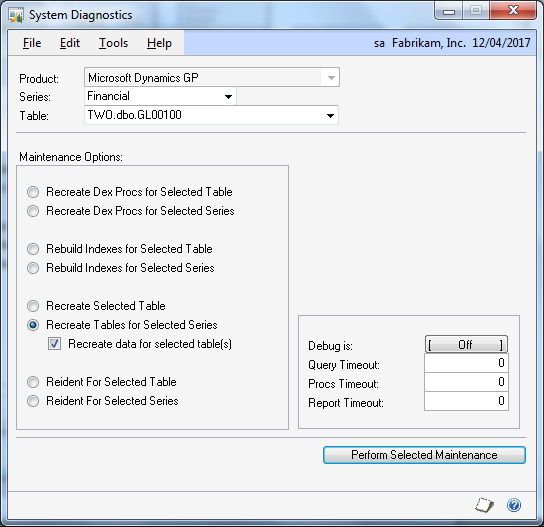
Click Perform Selected Maintenance and you will recive a warning message about recreating triggers;
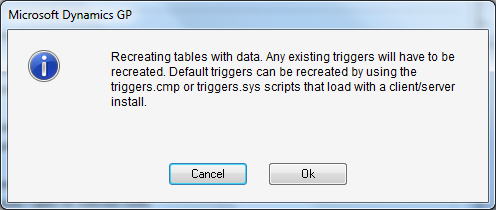
Click OK and a second warning message will be displayed to confirm, in this instance, that the Financial series tables will contain data after being recreated and to verify that a backup has been made;
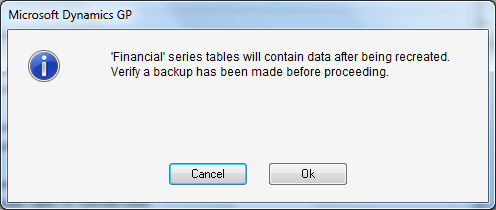
Click OK to see the final warning about how the process may take a while depending on table sizes;
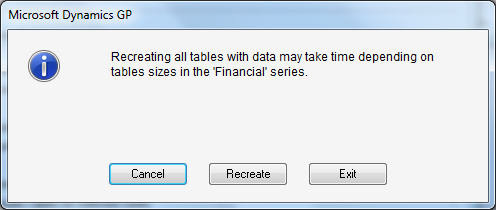
Once the recreate has completed a dialog will be displayed confirming this;
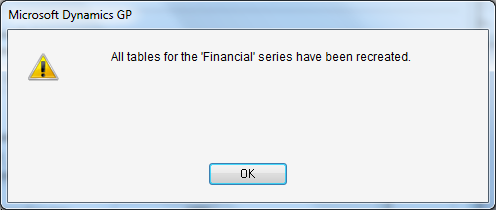


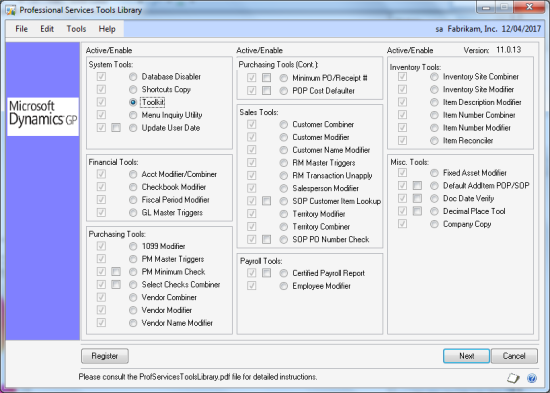



3 thoughts on “How To Recreate SQL Objects Using PSTL”